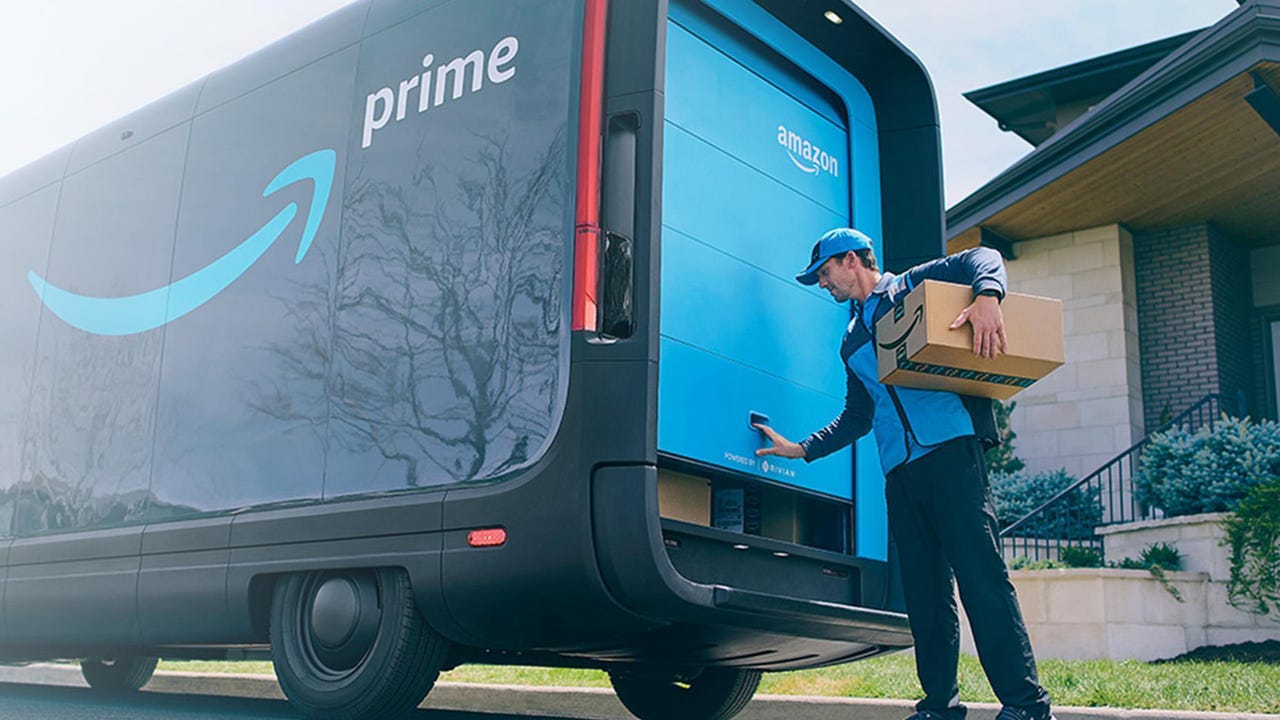































 Amazon
Amazon There's a lot of buzz about using the technology tools and skills at our disposal to boost the customer experience -- providing friendly, real-time-ish responses to inquiries and orders, and perhaps even providing customers more direct input on the design of products and services they receive. Marketers, salespeople, and company leaders make promises, promises, promises -- then it all falls in the laps of technology professionals. The question is: Is the technology community ready to deliver? Industry leaders have mixed opinions on its state of readiness.
"Technology professionals are now accountable for bringing personalization and automation into their organizations' customer experience solutions," says Venu Gooty, senior vice president of digital strategy and transformation at Hinduja Global Solutions (HGS).
However, corporate inertia tends to stand in the way. "It isn't that developers, research and development, or IT managers aren't interested in and aligned with customer experience," says Jonathan Moran, head of MarTech solutions marketing at SAS Institute. But, "Most of the time, they aren't given access or natural openings to make an impact proactively." More often than not, he says, responsibility for customer experience "falls to customer-facing individuals."
Organizational silos maintain this status quo, Moran continues. "After all, how often does someone in sales get the chance to speak to a developer? When there aren't opportunities or incentives to communicate and collaborate on customer experience, it won't occur to [them to] bridge the gap. It's an unfortunate side effect of how most organizations were originally constructed."
The silos between business teams and tech teams -- "different geographies, different departments, or differing reporting structures" -- are "still an impediment to excellent customer experiences," agrees Gooty.
"Redesigned team structures are needed to succeed; this requires a combination of technologists, business owners, experience designers, testing experts and project managers to work closely together. Having joint ownership and agile development models for quicker feedback can significantly cut down on the barriers."
Enter the "design thinking" movement, which surfaced about a decade ago, and now may serve as the energy to finally start boosting tech pros' involvement in the customer experience. With design thinking, the customer experience is considered first and foremost, before things are built.
The design thinking movement actually has its roots in the technology sector, forming the more customer-friendly technology-based products and services that disruptors like Uber and Amazon have been bringing to market. "Startups and software companies were some of the first to embrace design thinking as a way to build an entire company," advisory firm EY observed in a 2017 report (PDF).
These tech-driven startups have learned the power of design thinking that puts tech pros in front of the customer -- now, established and mainstream companies have impetus to do likewise. "Some organizations have not made the proper investment in both design and front-end development resources, and the resulting CX suffers as a result," says Rob Krugman, chief digital officer at Broadridge. Krugman urges greater adoption of "agile practices that focus on small steps proven through testing and iteration."
Also: User experience: Not quite about the user and not really an experience
However, "there's now a recognition that a design thinking-based approach toward product development improves the likelihood of success and is more efficient than traditional models," says Krugman. Within companies adopting design thinking, there's strong coordination between technical and nontechnical team members.
"Product development is often led by a three-person team: a product manager who has overall responsibility for the product, a technical lead who manages the architecture and development efforts, and a design lead who manages the experience," he explains. "These three work in a coordinated effort to ensure development activities flow out of the design efforts."
Add CX/UX designers to the mix, "which creates more education overall," says Gooty. "The use of low-code, no-code tools, prototyping and wireframing tools enables business analysts and empowers business owners to demand better consumer experiences from technology teams, which in turn helps technology teams, such as developers, to better appreciate and understand the need for improved CX."
Customer needs and technology meet in Grand Central Terminal in New York.
Photo: Joe McKendrickEven in organizations lagging in technology-driven design thinking, tech pros can be proactive in improving CX. "Raise your hand," Moran urges. "If you see a customer experience gap in your organization, volunteer to champion the effort of getting it improved or resolved. One person stepping into the breach can break that inertia."
In addition, "learn the software, systems and processes your organization uses to deliver said customer experience," he advises. "You'll be prepared to address issues as they arise. For instance, for a retailer with brick-and-mortar stores and a website, the user experience is just one part of a greater customer experience. But for a completely digital bank, the user experience and customer experience are one and the same."
Also: Industry executives' advice for moving up today's technology management ladder
Ask a lot of questions as well. "Simply ask business users: 'What is the purpose of this feature, what benefit does it provide, and how [do we] measure that?'" says Krugman.
In addition, "Exposing tech teams to direct customer conversations can help break barriers -- being in on those conversations with the end customers can help bring different perspectives that technology teams may lack," says Gooty. "Having planned workshops with a mix of business owners and technologists interacting with clients can help reduce the resistance."
Design-oriented thinking workshops "can help technologists deliver those superior customer experiences," Gooty also suggests. "These workshops create hands-on, activity-based sessions that allow teams to plan and prototype user-centered designs. Instead of a simple how-to presentation, technology professionals are able to work together hands-on to eventually arrive at a user-centered solution."
 Tags chauds:
affaires
Transformation digitale
Tags chauds:
affaires
Transformation digitale